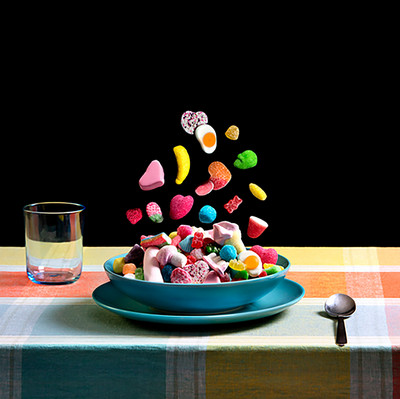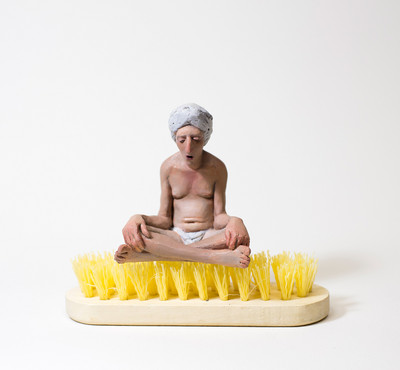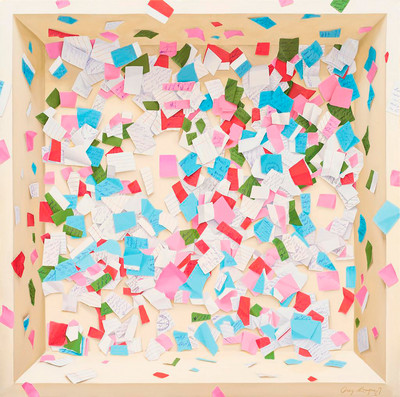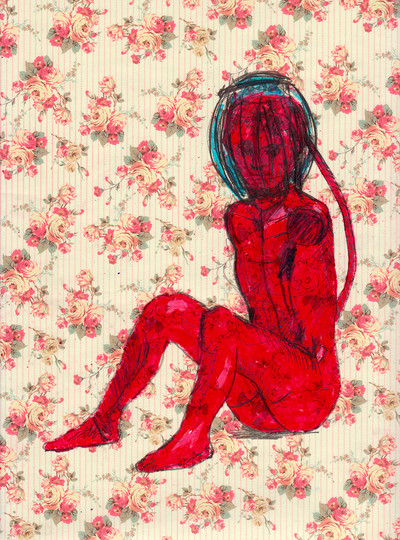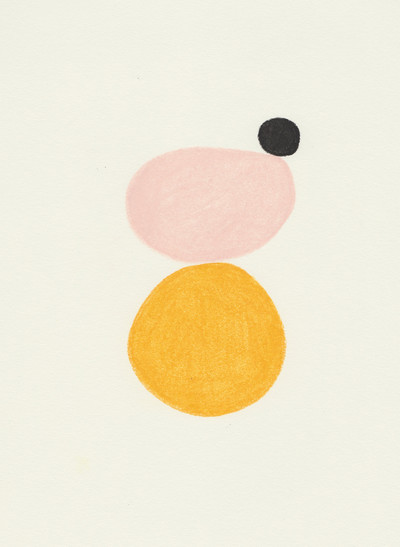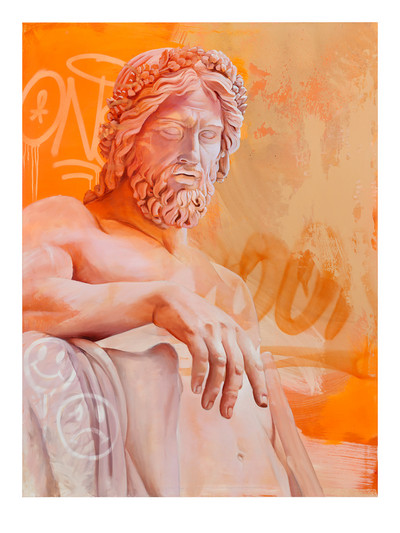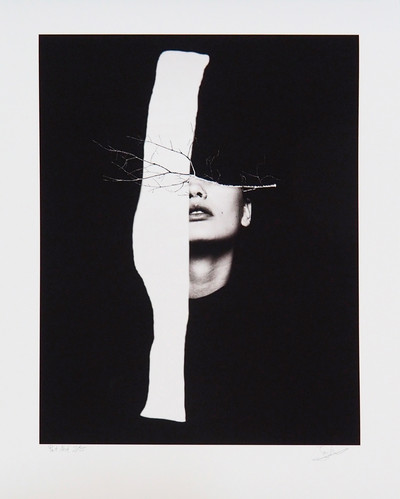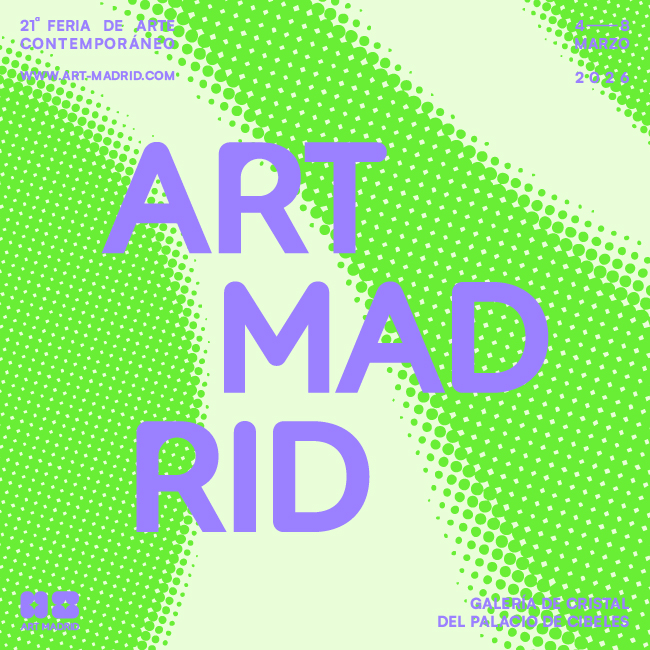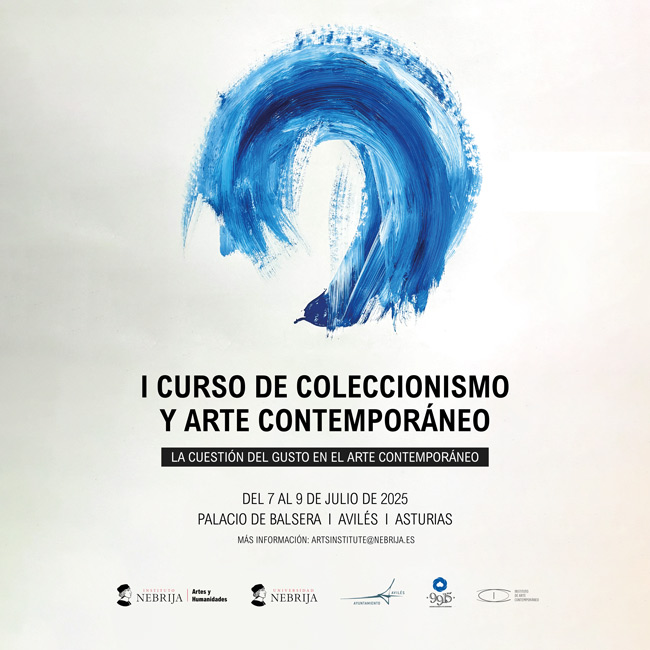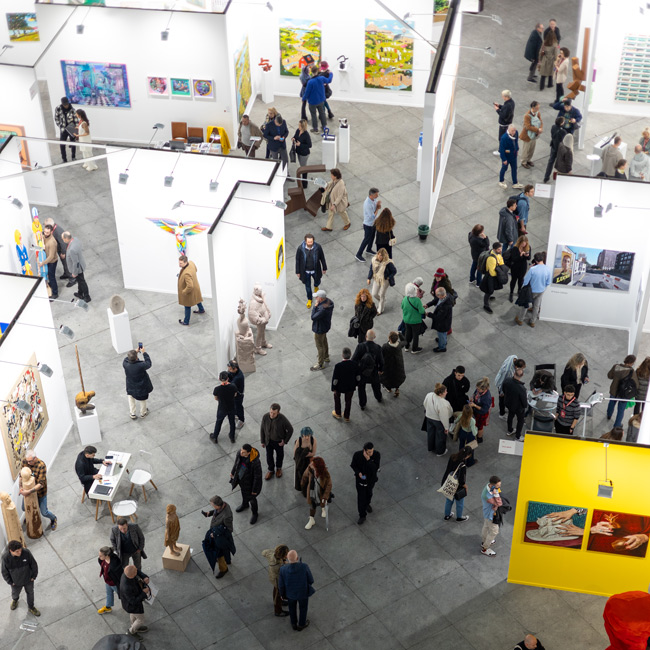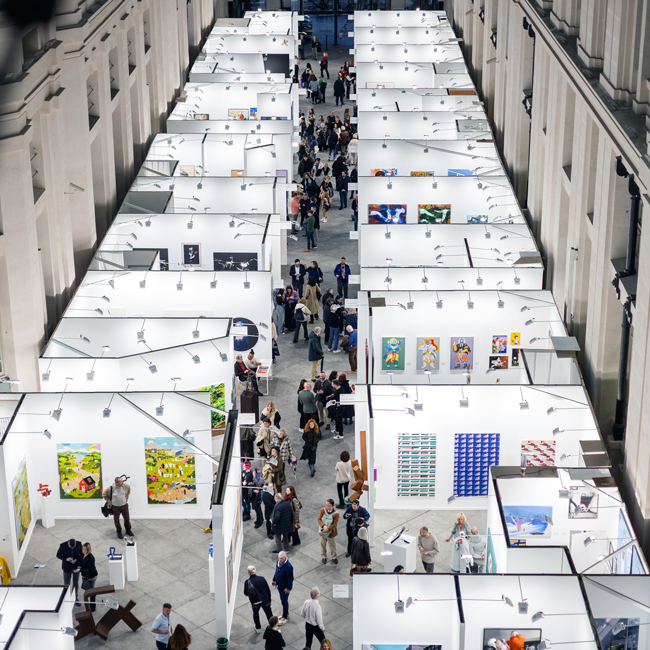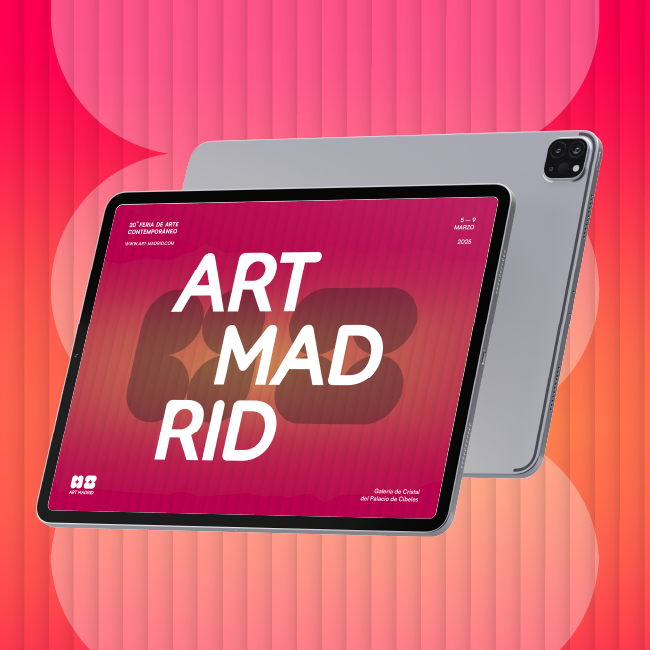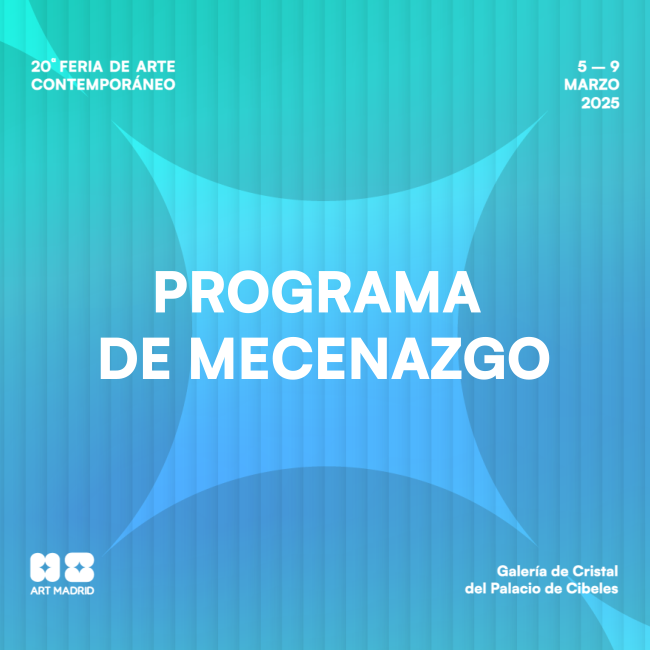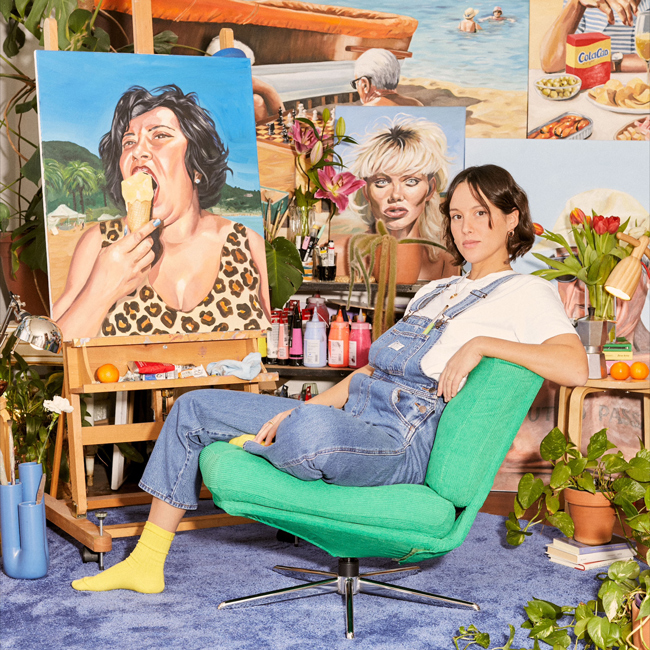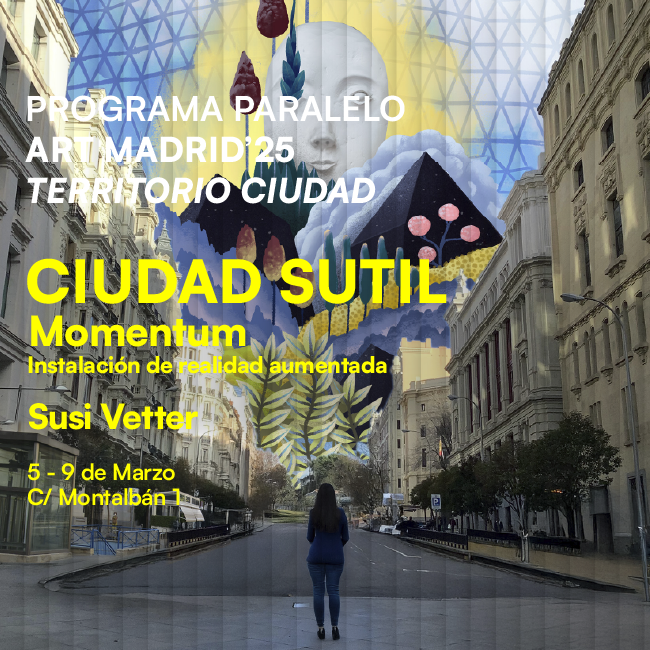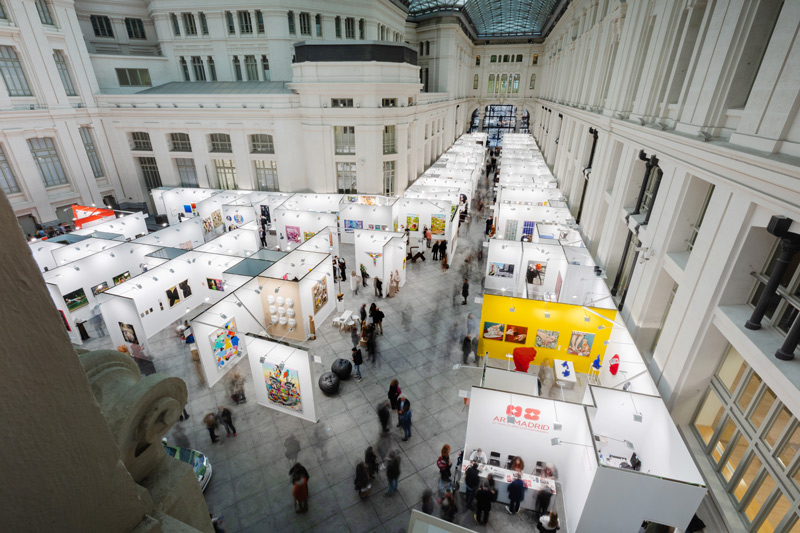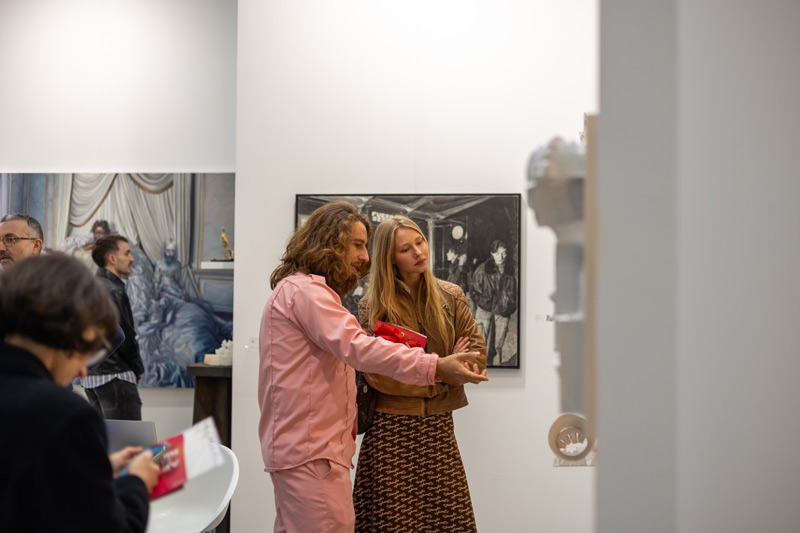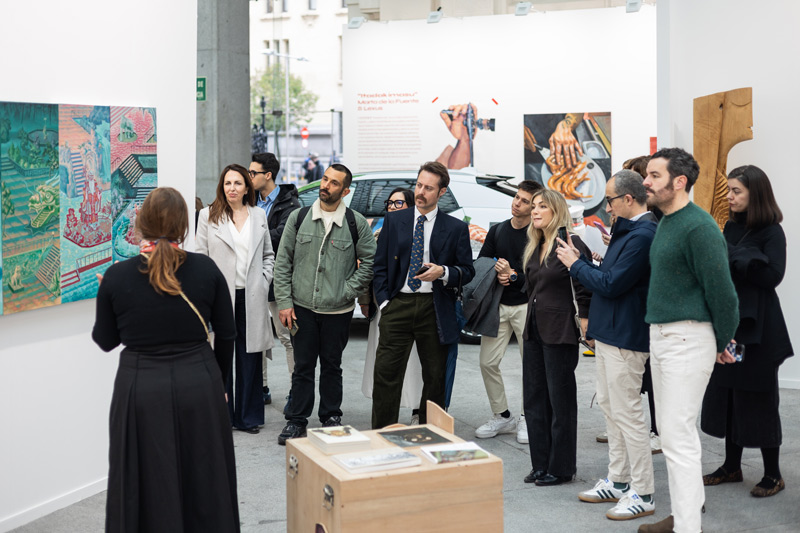KEYS TO INTRODUCE YOUNG PEOPLE TO ART COLLECTING
Feb 18, 2020
art madrid
Art has its own value in each area or attribute that makes up its full meaning: it has cultural value, aesthetic value, historical value, personal value, emotional value and economic value.
Art collecting is a polyhedral practice that includes all these attributes in its final praxis. Despite the economic value that art has by itself, depending on fixed and known elements, it also depends on subjective and ephemeral values, on the sensations transmitted to the buyer, on the look that is deposited on a piece and the link that arises with it. In analogy, we could say that the acquisition of an artwork is the beginning of a committed relationship that occupies space, a time and an emotion inhabiting with its existence a concrete place.
According to Claude Lévi-Strauss "this avid and ambitious desire to take possession of the object for the benefit of the owner, or even the spectator, constitutes one of the most original features of the art of Occidental civilization" (Mythologies, 1971). This idea put forward by the French anthropologist makes us reflect on ownership in art, on how the contemporary subject looks at objects and how this impulse of ownership is also developed from capitalism. This ostentation of property goes back especially to the Renaissance when artistic images were not only instruments of knowledge but also of possession, wealth and political advertising. Today it is still a contemporary scene, art collecting has a clear economic value that is developed in investment and personal appropriation as an indication of social status, but despite this, we cannot forget that there exists and is very relevant, the passionate collecting, an enthusiastic look that moves away from an exclusively economic materialization.
Several reports in the recent years, such as the one produced in 2017 by the La Caixa Foundation on The Spanish Art Market, show that one of the main challenges is to find new collectors. According to this same report, 40% of purchases in the galleries came from new buyers. To get started in collecting is a complex task for which it is necessary to activate a strategy of impulse from the diverse cultural agents. Galleries, institutions, art fairs or artistic consultancies are key elements to generate a network of initiation to collecting. Likewise, we must not forget that the greatest challenge lies in creating the real possibility of including the youngest in this practice.
One of the most attractive niches in the art market for the young segment is urban art. Thanks to the cultural proximity, the closeness of the streets which this style originates and in many cases the co-ethnic nature of the artists, it is easy for the first artistic acquisitions to be triggered from here. In Art Madrid, we have artists who fit into this style, as we believe that it is unequivocally necessary for urban art to be included in fairs and exhibitions because of its intrinsic artistic value and the inclusive effect it generates on the younger generation.
The first challenge we face is the change of mentality. Getting rid of some premises that have been so socially entrenched about who can and should be collectors. To dismantle the need for economic fortune, family tradition, specialist knowledge or social class. It is necessary to question this so assimilated structure, to eliminate labels in order to start including other social groups that are potential art collectors.
José María de Francisco y Luis Caballero, in the prologue to his exemplary text Conversations with Contemporary Art Collectors (Madrid, 2018), defines contemporary art collecting as "a phenomenon in which three forces operate that come from three ancestral domains of human desires and needs embodied in Greek mythology by the three graces of Zeus: beauty (Algae), social habit (Eufrosine) and material wealth (Talia)". We can then extract, that it is from these three forces that we must begin to build the steps to follow.
Learning to see, to look and to contemplate. Loving beauty and expanding our knowledge of it. It is possible to educate the eye through practice, developing this social habit with visits to museums, galleries and art fairs. Thus, it is also very useful to talk to artists or experts who can advise and guide us in the learning, to be able to establish our own vision of beauty as a subjective desire but strengthening it in some bases of artistic knowledge.
Social habit is part of the tradition where many families continue inherited collections or start collecting thanks to the educational background they have received since childhood by being regular visitors to spaces dedicated to the art exhibition. But, like almost everything, it can be trained and extended if we practice it with a certain frequency based on the desire for knowledge and visual enjoyment.
Finally, material wealth is the most complex factor we face. We could establish a long reflection about it, finding an endless number of nuances and positions contrary to the possession of the artistic object. But assuming that we start from the idea of the passionate collector as referred before, and starting from some economic scales to be able to activate the purchase, we must also observe that it is not necessary a fortune to open up the acquiring some works of art. Starting with emerging artists but with international recognition and knowing the art market in the most independent way without getting carried away by fashions is essential when it comes to detecting good buying opportunities.
In recent years, foundations, fairs and specialised companies have begun to develop advisory programs to promote the ecosystem of contemporary art. Purchases from €600 onwards establish a whole programme of guidance and accompaniment to include new generations and social classes in collecting.
In Art Madrid we have a wide range of prices for the works on display, thus, reaffirming our commitment to attract and involve a diverse public and strengthening the role of Art Madrid as a tool for social links and education.

